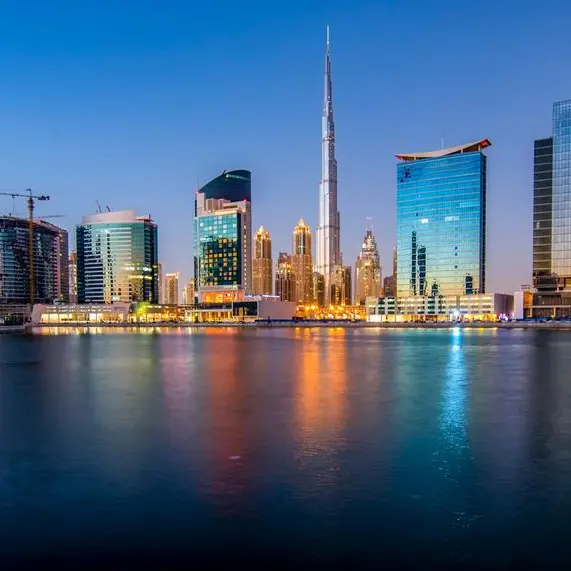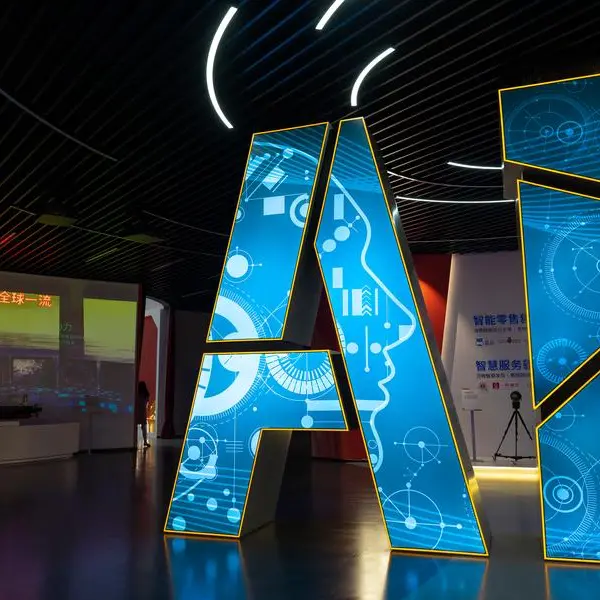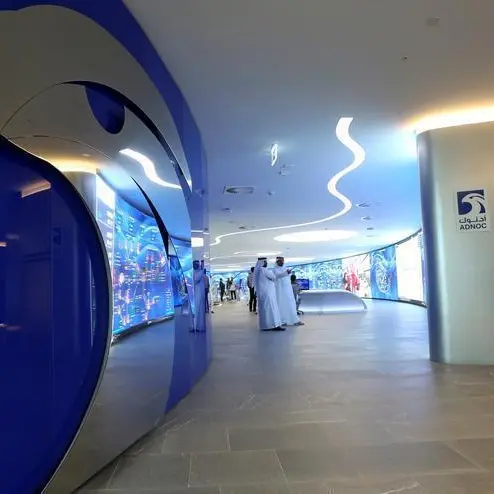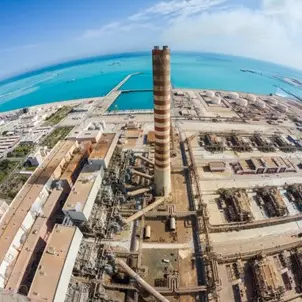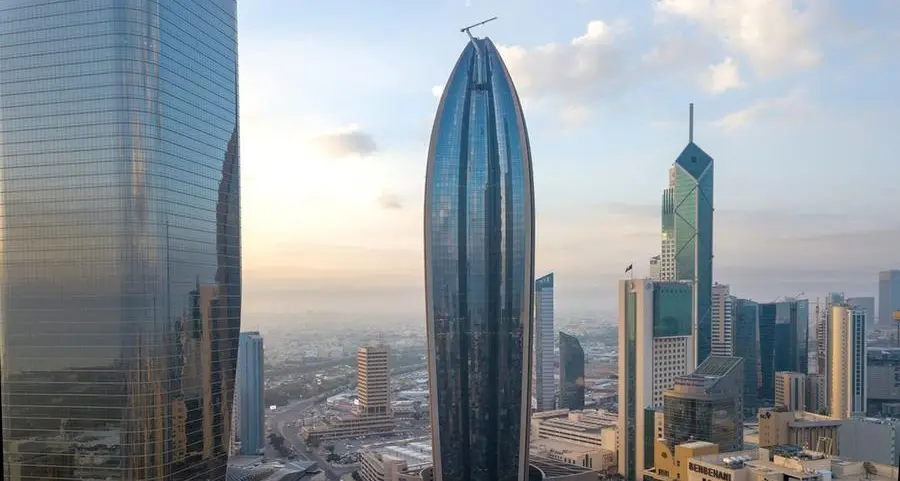As one looks at the decade ahead and beyond, there can be no doubt that gas will continue to play a critical role in the Middle Easts energy mix.
The underlying factors behind this projection and next-gen solutions that will continue to drive the power sector forward were highlighted at a GE Gas Power media roundtable held recently under the theme The Evolving Energy Landscape and the Role of Gas in Securing the Middle Easts Energy Future.
The roundtable was addressed by Joseph Anis, President & CEO of GE Gas Power Mena & South Asia (Menasa); Salim Mousallam, Executive Sales Leader for GE Gas Power Gulf & Pakistan; and Mohamed Serag, Regional Engineering Manager, GE Gas Power Menasa.
On the supply side, the discovery and development of new gas reservoirs in Saudi Arabia, the UAE and other countries across the Middle East will help to drive fuel self-sufficiency and energy independence. Advancements made in liquefied natural gas (LNG) are also expected to ease access to gas.
Today, there are more than 800 metric tonnes per annum (MTPA) of regasification capacity and over 390 MTPA of liquefaction capacity globally, with more under construction.
At the demand end, power consumption in the region is also likely to continue to grow. The Gas Exporting Countries Forum (GECF) expects demand for power in the Middle East to reach 2,419 terawatt hours (TWh) by 2040, almost double the 2016 levels.
Several factors contribute to this trend. The region is a hub for industries such as smelters and cement, which depend on large, uninterrupted supplies of power as an essential input. Many countries such as Iraq, Lebanon, Yemen and others continue to experience frequent energy shortages and need to add significant new capacity to their grids to meet the needs of present and future generations, stated Joseph Anis.
Additionally, Menas population is projected to continue to grow faster than the global average for the foreseeable future, from over 448 million in 2018 to more than 719 million in 2050. This growth will drive further demand for efficient, affordable and reliable power.
As the world shifts towards incorporating more renewable power in the energy mix and goes from largely centralised power systems to a combination of central and distributed power generation, gas can play a vital role in dispatching flexible, resilient and lower emission power.
Gas power is an excellent complement to renewable energy as the world, Mena included, transitions to cleaner sources of power generation.
The UAE Energy Strategy 2050 for example, targets an energy mix that comprises 44 per cent clean energy, 38 per cent gas, 12 per cent clean coal and 6 per cent nuclear energy. Other countries across the region are also adopting aggressive goals to decarbonise power production.
However, supplies of renewable energy are typically intermittent in nature as sunshine, rain and wind speeds vary over the course of a day as well as across seasons and battery storage solutions remain expensive, often making them economically infeasible.
It costs ~$200 to store one barrel of oil equivalent (BOE) of energy with battery storage solutions. Conversely, storing one barrel of oil or natural gas at scale is ~$1.
Gas power technologies not only offer the flexibility to ramp power production up or down rapidly to meet potential gaps in energy supply from variable renewable sources and stabilise the grid but gas also presents the cleanest means to generate electricity from traditional fossil fuels. For example, globally, gas is ~50 per cent less carbon-intensive (~0.45 Mt CO2/TWh) than coal (~0.95 Mt CO2/TWh).
Moreover, gas offers compact, power-dense solutions. Today, up to one-fourth of the global population is in cities with more than 1 million people; ~10 per cent are in megacities with over 10 million people.
As urban centres across the Middle East and other parts of the world continue to become more densely populated, with open space at a premium, gas presents a land-efficient solution. Natural gas requires 50-100 times less space per megawatt of power than renewable energy plus storage.
For these and other reasons, the International Energy Agency (IEA) expects gas generation to continue to grow globally at 1.7 per cent compound annual growth rate from 2018 through 2040, starting at 6,118 TWh (terawatt hours) and going up to 8,899 TWh (22 per cent of total generation).
A key driver in leveraging the Age of Gas is the development of advanced technologies. Today, GE has the worlds largest installed base of over 7,500 gas turbines with more than 200 million operating hours and is helping customers around the world to unlock the true potential of gas through industry-leading solutions. GEs HA gas turbine technology for example has already set two world records for efficiency, one each in the 60 hertz and 50 hertz segments of the global power market.
GEs HA technology is unlocking a new era of efficiency. With over 100 units ordered globally, including by the Sharjah Electricity and Water Authority (SEWA) for an upcoming 1.8 gigawatts independent combined cycle power project located in Hamriyah, the HA technology contributes to lower fuel consumption and fewer emissions.
In fact, using three GE 9HA units in combined cycle operations can help SEWA reduce carbon dioxide emissions by up to 4 million tons per year, compared to current levels. This is the equivalent of taking 1 million cars off the UAEs roads! Capable of ramping up or down at up to 88 megawatts per minute while still meeting emissions requirements, the turbine can also support countries transition to a larger proportion of renewable power in their energy mix by helping to balance grid instability.
Hybrid technologies are another means to address todays energy needs. For example, Southern California Edison (SCE) and GE unveiled the worlds first battery-gas turbine hybrid system in Norwalk, California.
The system helps to balance variable energy supply and demand, including when the sun sets and solar power production falls while electricity usage surges as people turn on lights and appliances.
At its heart is an advanced control system that seamlessly blends output between the battery and gas turbine. The energy storage capacity of the battery has been specifically designed to provide enough time coverage to allow the gas turbine to start and reach its designated power output. Therefore, the system does not need to burn fuel and consume water in standby mode to be able to dispatch power immediately when demand surges or renewable energy supplies decline.
Today, we can also adapt gas turbines to burn clean resources such as hydrogen and GE is an industry leader in the use of hydrogen for power generation. More than 75 GE gas turbines have operated on low heating value fuels, including blends of hydrogen and natural gas, accumulating over 5 million operating hours. GEs B and E-class gas turbines also have the capability to operate on ~100 per cent hydrogen with the installation of the appropriate combustion and accessory systems.
Gas will be at the heart of the energy sector of the future and GE Gas Power will continue to be a partner of growth for countries across the Middle East as they strengthen national power infrastructure further, concluded Joseph Anis.-- Tradearabia News Service
Copyright 2020 Al Hilal Publishing and Marketing Group Provided by SyndiGate Media Inc. (Syndigate.info).
Disclaimer: The content of this article is syndicated or provided to this website from an external third party provider. We are not responsible for, and do not control, such external websites, entities, applications or media publishers. The body of the text is provided on an as is and as available basis and has not been edited in any way. Neither we nor our affiliates guarantee the accuracy of or endorse the views or opinions expressed in this article. Read our full disclaimer policy here.

